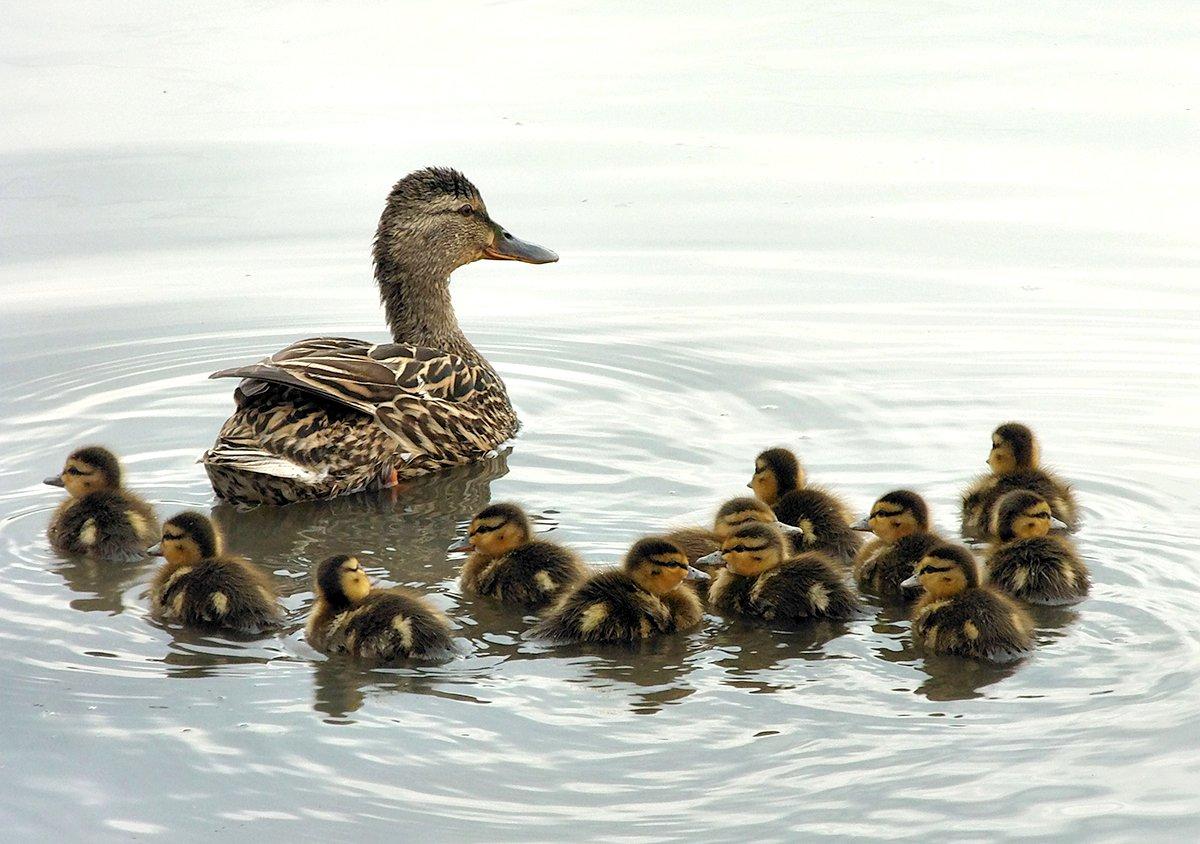Experts say good conditions resulted in strong production
North America's spring 2022 breeding duck population was down slightly from previous years, but biologists say hunters should still see a solid fall flight.
The survey estimated total spring breeding duck numbers at about 34.2 million, which is 4 percent lower than the long-term average and 12 percent lower than the 2019 index. The survey, conducted by the U.S. Fish and Wildlife Service and Canadian Wildlife Service, was not held in 2020 or 2021 because of COVID-19 concerns.
However, the May pond count, a critical indicator of production potential, was about 4 percent higher than the long-term average and 9 percent higher than the 2019 index. Those ideal breeding and brood rearing conditions will likely result in lots of young ducks in the 2022 flight.
Given the widespread dry conditions last year across most of the prairies where ducks breed, it's not surprising that the breeding population number is lower than it had been throughout most of the 2010s, Chris Nicolai, waterfowl scientist for Delta Waterfowl, said in a press release. The good news is that much of the prairie — especially the Dakotas, Manitoba and eastern Saskatchewan — was really wet this spring. Duck production should be good to excellent across the eastern part of the prairie and in the northern areas, too.
Further, Frank Rohwer, Delta Waterfowl's president and chief scientist, said duck production is typically high the first year after a drought, which also bodes well for the 2022 flight.
Predators have a hard time in drought years just like ducks do, so ducks tend to get a break the when the water comes back on the prairies, he said in the release. Our predator management sites and duck nesting surveys are showing very high nest success this year.
(Don't Miss: North Dakota Duck Numbers, Water Index Increase)
The survey estimated about 7.22 million mallards, which was down about 23 percent from 2019 and 9 percent lower than the long-term average, which dates to 1955. The breeding mallard population was the lowest since 2005.
American wigeon and green-winged teal also saw big declines, with estimates 25 percent and 32 percent lower than in 2019, respectively. Wigeon were 19 percent lower than their long-term average, but greenwings remained at their long-term average. Northern pintail numbers took another blow, falling about 21 percent from 2019. Their populations are 54 percent lower than the long-term average.
Gadwall and northern shoveler numbers decreased by 18 percent and 17 percent, respectively, but both species remain higher than their long-term averages. Blue-winged teal provided a bright spot in the survey, increasing 19 percent from 2019. The species remains 27 percent higher than the long-term average.
Diver indexes seemed mixed. Redhead numbers jumped 35 percent to almost 1 million birds, which is 36 percent higher than the long-term average. Scaup (bluebill) populations remained stable but are still about 28 percent lower than the long-term average. Canvasback numbers declined 10 percent and are about 1 percent lower than the long-term average.
Prairie-nesting duck species such as blue-winged teal, gadwalls, mallards and redheads should really benefit from the wet conditions in the eastern Dakotas and Manitoba, Nicolai said. Hunters should see a lot more young ducks compared to last year. Remember that we hunt the fall flight, not just the breeding population. The years when duck production is strong — like this year should be — generally provide the best hunting seasons.
Drought gripped the Prairie Pothole Region in 2021, but several major storms dumped snow and heavy rains across Manitoba and the Dakotas earlier this year, recharging critical wetland basins. That was reflected in the May pond count, which showed 1.98 million ponds in the north-central United States and 3.47 million ponds in prairie Canada.
Mike Buxton, senior waterfowl programs manager for Delta Waterfowl, said the storms and colder-than-normal spring temperatures delayed the nesting season in the Dakotas and Manitoba. However, the rain and snow provided excellent duck habitat.
Ice-out and nesting was delayed, but nesting conditions were good this spring because of the wet weather, he said. Duck production should be good this year and appears to be phenomenal in parts of North Dakota this year. Water, including those temporary and seasonal ponds, stayed on the landscape late into the nesting season this year. That provides opportunities for hens that might have lost a first nest to predators to renest and hatch a brood.
Although habitat conditions were good to excellent on the eastern prairies, southwestern Saskatchewan and southern Alberta were dry this spring. The western United States — especially California — remains in a drought, and duck production in those areas is expected to be poor.
(Don't Miss: Top Finishing Calls to Put Ducks in the Decoys)
Click here for more Realtree waterfowl hunting content. And check us out on Facebook.








